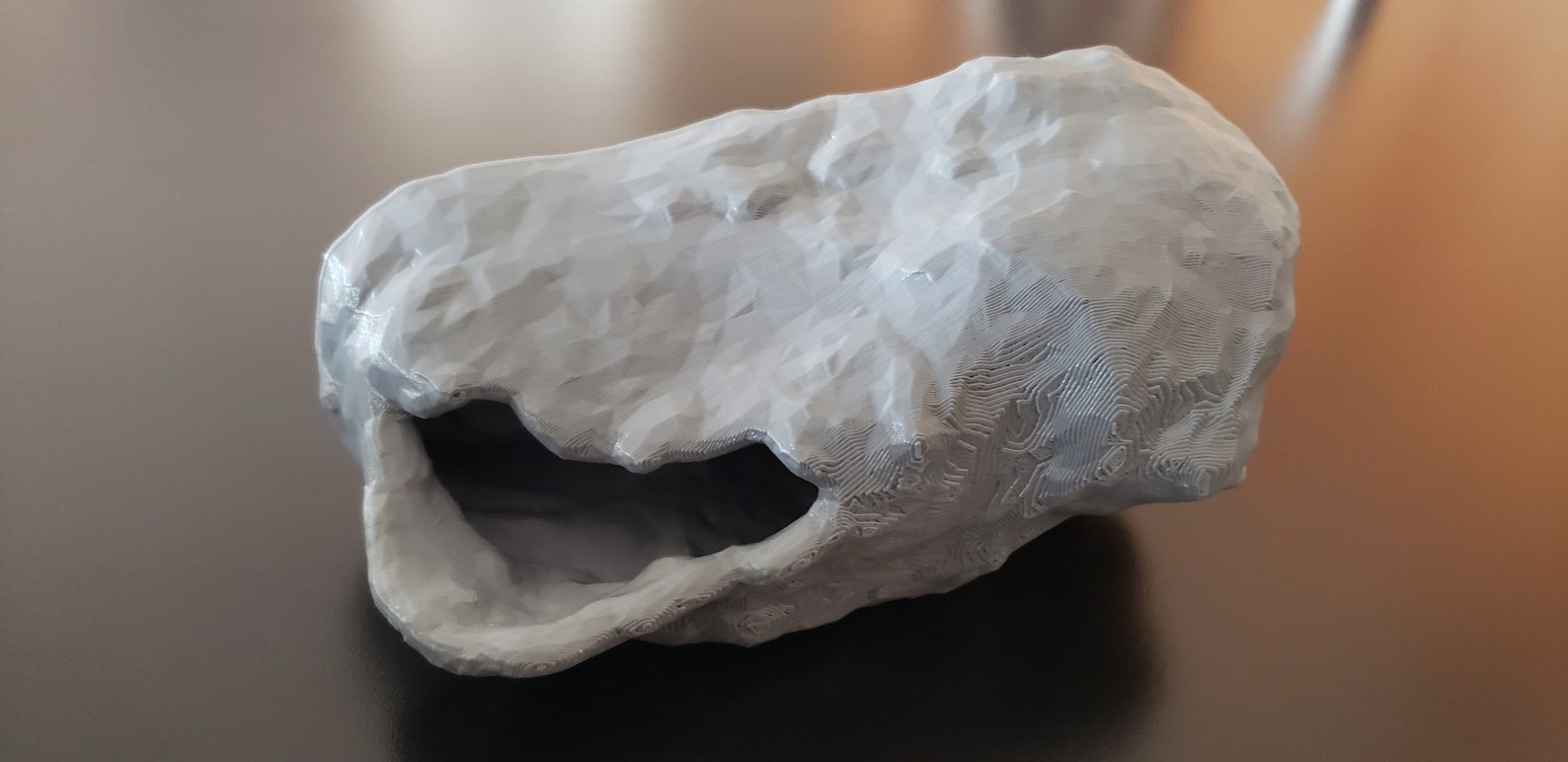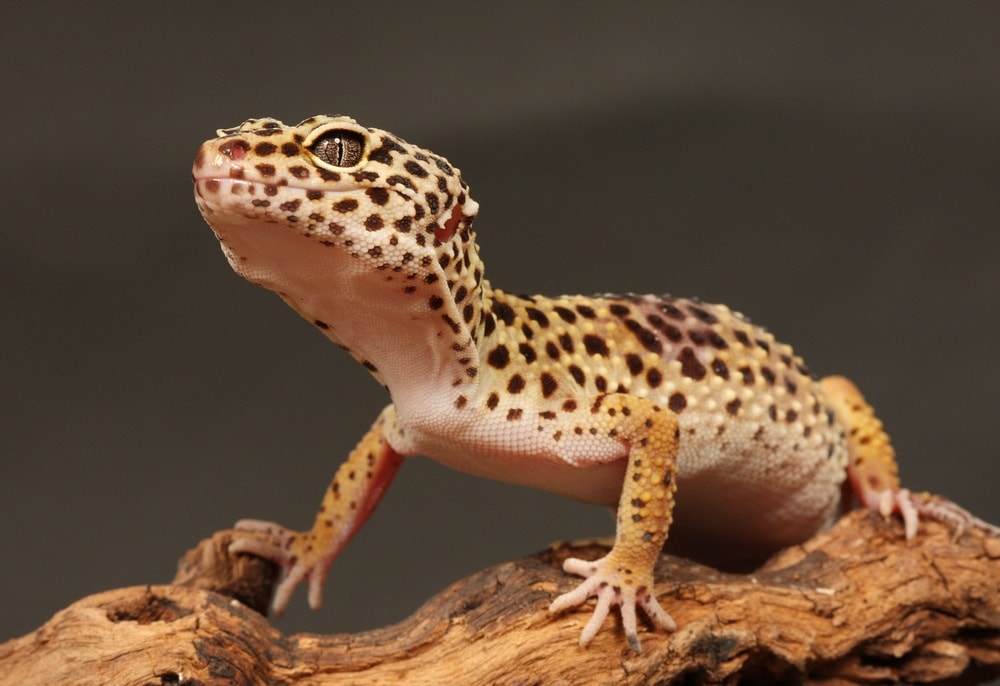

Unlike some other reptile tanks you might have seen, heating for Leopard Geckos won’t come from above. Without proper external heating, they can not keep themselves warm or digest their food correctly. It is much safer to use mats or substrate with large pieces that cannot be ingested. Many reptile specialists say this can cause impaction, sand getting stuck in and blocking the digestive tract. Using sand as a substrate is often not recommended. You may also like: Owls in West Virginia (8 Species With Pictures)

Owners who prefer convenience love the ease of paper towels and newspaper.

But make sure to also replace it with a new carpet every so often to keep bacteria growth down. When it gets dirty, take it out and give it a good, thorough wash.

Leopard gecko hides plus#
Plus you want ample room for all the tank items. If you get a tank above those sizes that’s great too, the more gallons the merrier. For an adult Leopard gecko, the minimum tank size should be 20 gallons. If you have a baby Leopard gecko, you want the tank to be a minimum of 10 gallons. When shopping for your Leopard Geckos, tank size matters. I know, pretty obvious, but we have to start with the tank. Leopard Gecko – Jessi Swick | Flickr | CC 2.0 1.Tank Now let’s dive into the specifics of each of these items. In a Leopard gecko tank you will need substrate, a heating device, places to hide, water, a food dish, a thermometer and a hydrometer. What do Leopard Geckos need in their tank? Leopard geckos are fascinating and one of the easier reptiles to care for. But don’t let it seem overwhelming, you once you are all set up you won’t regret a thing. To ensure best care for your Leopard gecko you will need a few things that we will discuss in this article. It’s one of the most important parts of owning an animal, learning everything you need and why you need it. There is a reason they are one of the most popular lizards to have as pets, but what goes into keeping one of these sweet little critters alive? What do leopard geckos need in their tank? Leopard geckos are magnificent creatures with adorable little smiles and cute spots.


 0 kommentar(er)
0 kommentar(er)
